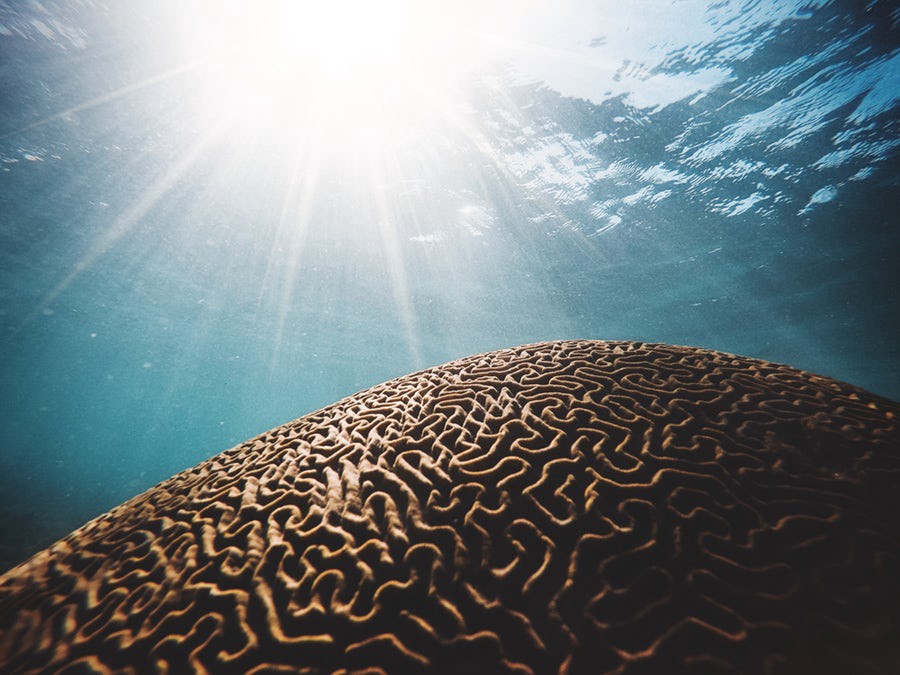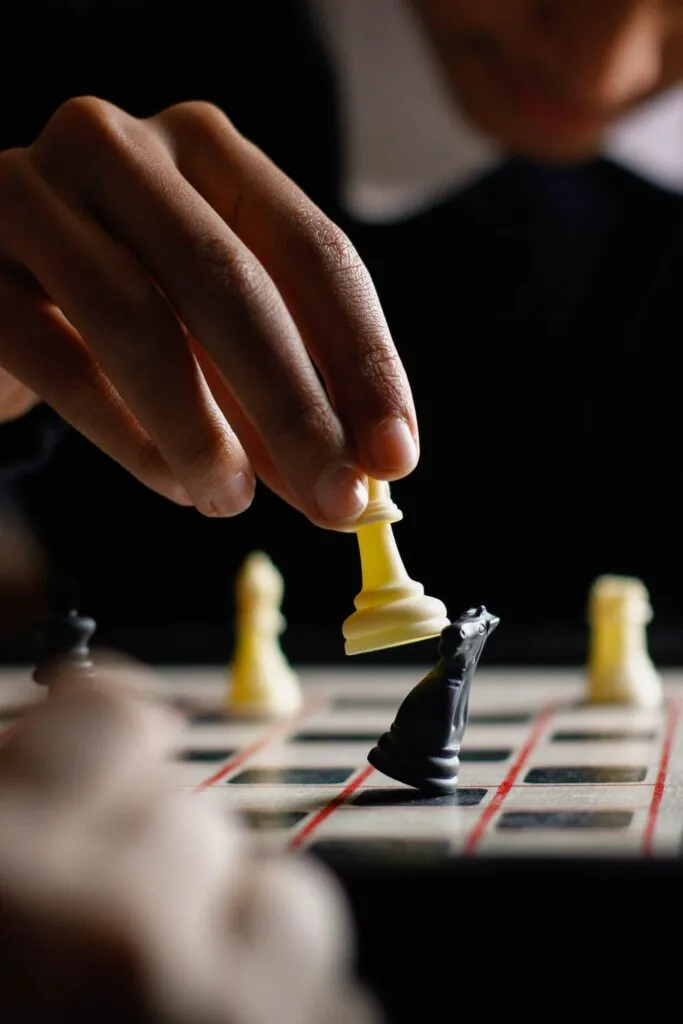
I’ve always had trouble sitting still. I used to drive my parents crazy by doing somersaults down the stairs. Some psychologists might diagnose me with ADHD*. I prefer to think of myself as thoughtful. My busy, creative side helped me become an entrepreneur, building a company from scratch in an industry I had zero experience and turning it into a viable, successful organization.
I’ve always had an active imagination. And I found exercise clears my head and puts me in a state of flow. I get on my bicycle and don’t feel like I’m peddling hard until 20 miles later. The flow state is what professional athletes have been practicing for years to reach their peak potential.
In 2006, I experienced some life-changing events (i.e., some really bad shit happened)! That’s when a family member recommended I try meditation to quiet my mind. It seemed like the right thing to do, and mindful meditation was becoming a revolution.
I went to work on creating my “daily practice.” I researched flow, awareness, mindfulness, and meditation extensively. Here is what I learned about the four states. (Each state complements the other and has one thing in common — being less lost in thinking.)
The Flow state is when you are fully immersed, energized, and focused on a task.
Awareness is paying attention to what’s happening.
Mindfulness is non-judgment awareness of what’s happening.
Meditation is the practice of stillness.
While creating a “daily practice,” I read scholarly articles, checked out stacks of books from the library, bought meditation apps and timers, and attended silent retreats and top-notch seminars. I even made it through Eckhart Tolle’s books, The Power of Now and A New Earth.
Yet, the more I learned, the more confused I became.
I was stuck in “what if’s?” How could I plan for the future if I lived in the moment? How would I pay my bills if I didn’t worry about my budget? How could I stop making the same mistakes if I didn’t ruminate about the past? How would I keep from getting paralyzed with anxiety if I didn’t pay careful attention while walking to my car in a sketchy neighborhood? I started questioning everything and lost confidence in my “go-to” coping strategies. The more I practiced mindfulness, the more depression and anxiety swooped in like black crows at fall harvest. This led me to understand the value of shadow emotion integration.
BIG MIND VS. SMALL MIND
I found there are two types of awareness…big mind and small mind. Big mind awareness is about deciphering the chatter in your head and then being able to discern what is useful vs. useless and discarding or “reframing” the unhelpful or destructive thoughts. It’s the practice of paying attention with the focus on how you feel physically or emotionally. By that, I mean understanding how your emotions are tied to your perception — how you view yourself, others, and your surroundings or environment.
PERCEPTION has a lot to do with judgment. We judge everything every day. This is how we stay out of danger. We grow up learning things will have bad consequences, like playing with matches or running through traffic in a busy street. Most of the judgments we make daily result from things taught to us by our caregivers. Some of which had good intentions for us to be able to live happy, flourishing lives. But not all of us had caregivers, teachers, or friends, who had our best interests in mind. Our ability to decipher who we could or couldn’t trust may have been convoluted. This affected our ability to judge a situation correctly.
Big mind awareness is about being in a moment-to-moment understanding of everything around you. Whether you are in a conversation, engaged in an activity, or deep in thought, you are operating on a higher level with clarity and focus. Being in the right state of awareness can lead to a state of bliss.
Small mind awareness is getting caught up in trying to stop or block out uncomfortable or negative thoughts (or shadow emotions). The more you focus on trying not to think about something, the more pervasive the thoughts become. (Try NOT to think of a pink flamingo, please!) For most people, it’s impossible. This relates to attachment, irritation, or a lack of practice. Whatever…being in the wrong state of awareness can be crippling. It can cause a state of confusion, panic, and fear. You get trapped in a mental loop that can lead to anxiety, depression, and low energy. When you are operating from an unconscious level (without big mind awareness), you can get trapped by repeating past limitations, traumas, or pent-up emotions. This is where I got stuck.
THE DARK SIDE OF MEDITATION
Willoughby Britton, a Brown University neuroscience researcher, says meditation is not the “warm bath” it’s marketed to be, and a lot of psychological stuff (old wounds, resentments, trauma) surface and needs to be processed. Britton is researching the challenging mind states that can occur as a result of intensive meditation practice. These include confusion, fear, and disorientation.
Some researchers say the incorrect or misguided practice should be avoided, and others say the darker thoughts that come up during meditation are just a part of advancement and signal progress. But it’s hard to discern the difference without a seasoned specialist helping you.
Psychotherapist David Treleaven says, “mindfulness meditation-practiced without an awareness of trauma-can exacerbate symptoms of traumatic stress. Instructed to pay close, sustained attention to their inner world, survivors can experience flashbacks, dissociation, and even retraumatization.”
Think about it: Do you know anyone who has not experienced trauma? How many of us got slapped on the butt the minute we came out of the womb? Trauma is losing a parent, getting dumped, and watching people jump out of the twin tower windows. Trauma is watching the nightly news, where we experience the heartache of mass shootings, wildfires, and hurricanes while sitting on our couches. We have access to information as we’ve never experienced before. And it may be taking a toll on our mental health.
LESS MIND FULL, MORE MIND LESS
“Peace….It does not mean to be in a place where there is no trouble, noise, or hard work. It means to be in the midst of those things and still be calm in your heart.”
― Lady Gaga

Now I know I should have been treated for PTSD in 2006, and practicing mindful awareness complicated my recovery. We still have much to learn about the brain and mental health wellness.
Sona Dimidjian, a psychologist at the University of Colorado-Boulder, wrote an article about the harmful effects of psychotherapy that begs the question — “Scientists and clinicians have learned a lot about the benefits of therapy after 100 years of research, but what do we know about the harms?”
I believe in cognitive-based therapy (CBT) and the value of talking about your problems, what happened to you, and how you are coping….to a point. There are so many other types of treatments: such as Dialectical Behavior Therapy (DBT), Eye Movement Desensitization, and Reprocessing (EMDR — which is amazing and I highly recommend. It worked for me in a very short period.), and alternative treatments like acupuncture.
Become your advocate and find out what works best for you. Don’t join a movement because it’s a revolution…join one because it makes you feel better.
For me, I’ve gone back to prior coping strategies. On my best days, I’m engaged in meaningful work, eat right, exercise, get a good night’s sleep, and connect with others.
So what if I can’t meditate? I’d rather be lost in thoughts (preferably productive ones) and accept the not-so-great shadow thoughts, too.
Note: (PTSD is often misdiagnosed as ADHD).



